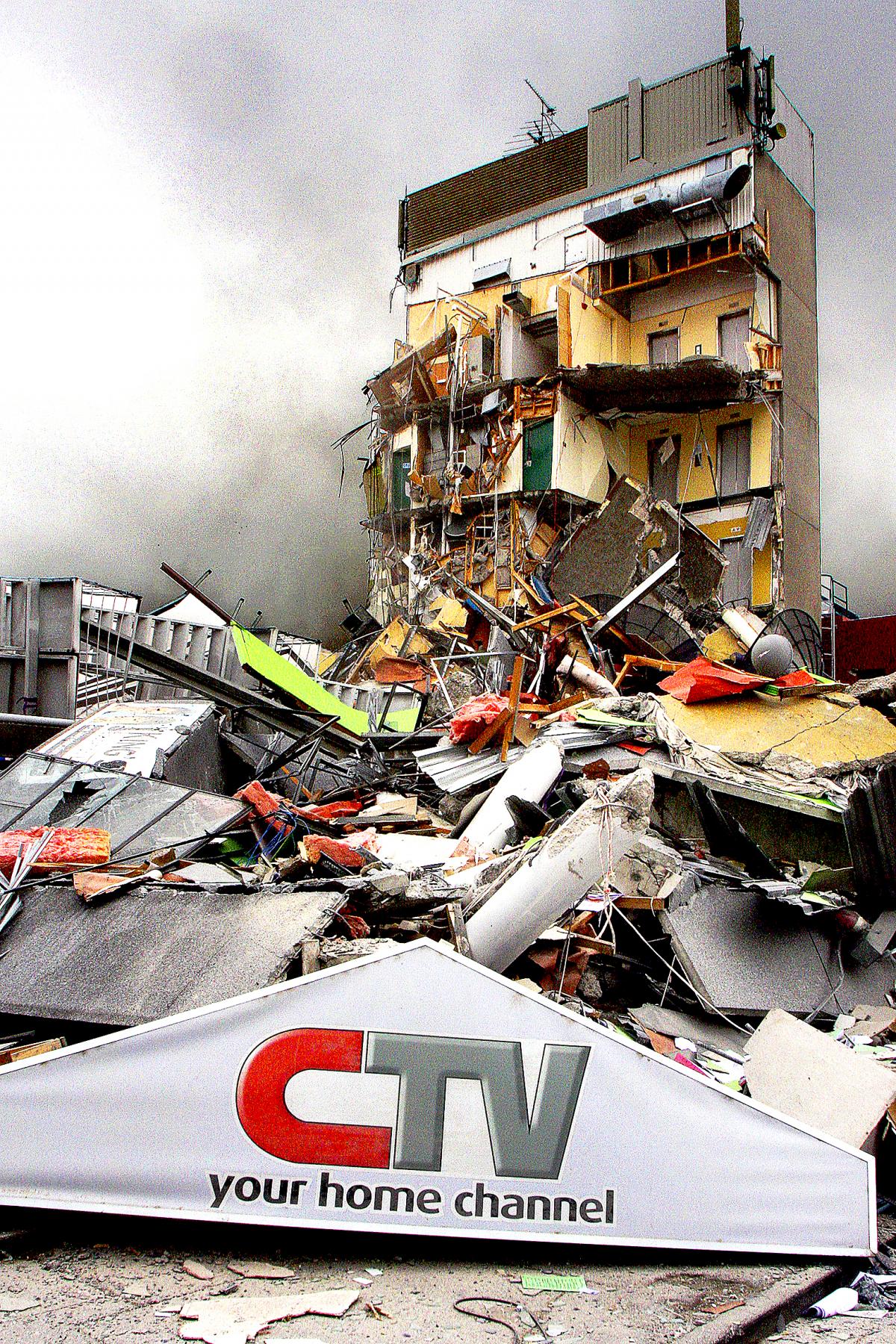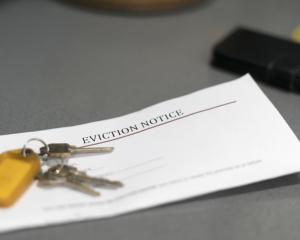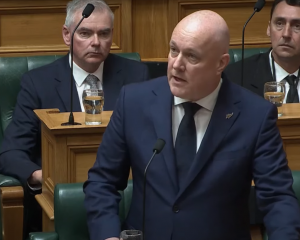
An Engineering New Zealand disciplinary committee has upheld a complaint against an engineer whose firm oversaw the construction of the CTV building that collapsed in the 2011 Christchurch earthquake, finding he failed to adequately supervise an employee who designed it.
The collapse of the Canterbury Television Building on February 22, 2011, left 115 people dead.
The disciplinary committee ordered Dr Alan Reay be admonished, fined $750 and pay costs of $1000 - the maximum amounts available under 1986 regulations - and said Dr Reay should consider issuing a public apology.
Lawyers for Dr Reay plan to challenge the decision.
The 2012 Canterbury Earthquake Royal Commission found that engineer David Harding made fundamental errors in designing the building in 1986.
The commission criticised Reay for handing sole responsibility for the design over to somebody so inexperienced.
Complaints were made about the men to their professional body by 54 family members and the Ministry of Building, Innovation and Employment's chief engineer.
An Engineering New Zealand (ENZ) disciplinary hearing in December 2023 examined whether Reay failed to adequately supervise Harding.

In a decision released today, the committee found Reay's conduct fell well below the accepted professional standards in 1986 and breached the code of ethics at the time.
Although Reay "considered himself responsible for the projects completed by his company", ENZ found his oversight of the design engineer was "virtually non-existent".
"The Canterbury Earthquakes Royal Commission of Inquiry established Dr Reay knew the building's layout could create excessive torsional response [twisting] but that he did not check the design. Dr Reay said it was the design engineer's responsibility to bring any issues to his attention," the report said.
The committee found "the CTV building was an irregular, highly eccentric, multi-storey building" and heard that "when there was shaking in one direction, the building was much more prone to twisting."
It heard the design engineer had not previously worked on buildings of that scale.
The committee found Harding "did not have the necessary experience to design or have sole responsibility for the design of the CTV building". It found Reay's decision to give Harding responsibility to design the CTV building and take a 'hands off' approach was inconsistent with the acceptable standards of the day.
Maan Alkaisi lost his wife in the building collapse, and is a spokesperson for the CTV families behind the complaint.
He said they have waited almost 14 years for accountability over the tragedy.
"We welcome this decision. It is the right decision and it just confirms that our campaign for justice and accountability is justified.
"Although the decision came almost 14 years late, it did officially now confirm that Alan Reay was responsible for the design and is held accountable for his lack of supervision over the design and construction of the building."
But Alkaisi said it should not have taken so long to get to this point.
"This is definitely not right, our justice system has to change and not allow victims' families to suffer for tens of years to wait for some accountability."
Engineering New Zealand chief executive Dr Richard Templer welcomed the decision.
"Nothing can bring back the 115 people whose lives were taken in this tragedy. I hope the committee's decision provides closure and relief, and my heart goes out today to the CTV families and the people of Christchurch," he said.
Templer acknowledged the complaint's long and fraught history had taken a considerable toll on the CTV families.
"This was always going to be a difficult case for Engineering New Zealand, given its complexity and that nearly 40 years have passed since the building was designed.
"I'm extremely grateful to the disciplinary and investigating committees who have studiously examined the complaint to determine whether Dr Reay's conduct met the accepted professional standards of the day - and found it did not."
In a statement, Reay's lawyers "strongly rejected" the decision, saying it was flawed and the result of a deeply unfair disciplinary process.
Kristy McDonald KC said that Reay's legal team would challenge the decision.
"We are acutely aware of the CTV families' desire for finality following the tragic failure of the CTV building in the 2011 Canterbury earthquake - and Dr Reay's ongoing rejection of the IPENZ (Engineering NZ) process is in no way intended to disrespect the victims or minimise their loss," she said.
"Alan is entitled to be treated fairly and professionally; to date the IPENZ process has denied him these fundamental rights."
McDonald said the disciplinary process and the ensuing decision of the committee effectively sought to condemn Dr Reay for not complying with supervision practices that, contrary to what the committee found, were not in place 40 years ago.
"Over the last 40 years supervision requirements have improved significantly - but Alan Reay cannot be blamed for not complying with standards of supervision which Alan maintains did not exist at the time. That is fundamentally unfair.
"Questions need to be asked about why IPENZ did not have express supervision requirements in 1986 that applied to senior engineers such as David Harding."
"Selectively assessing Alan Reay's actions in 1986 against standards that were subsequently updated is patently unfair."













